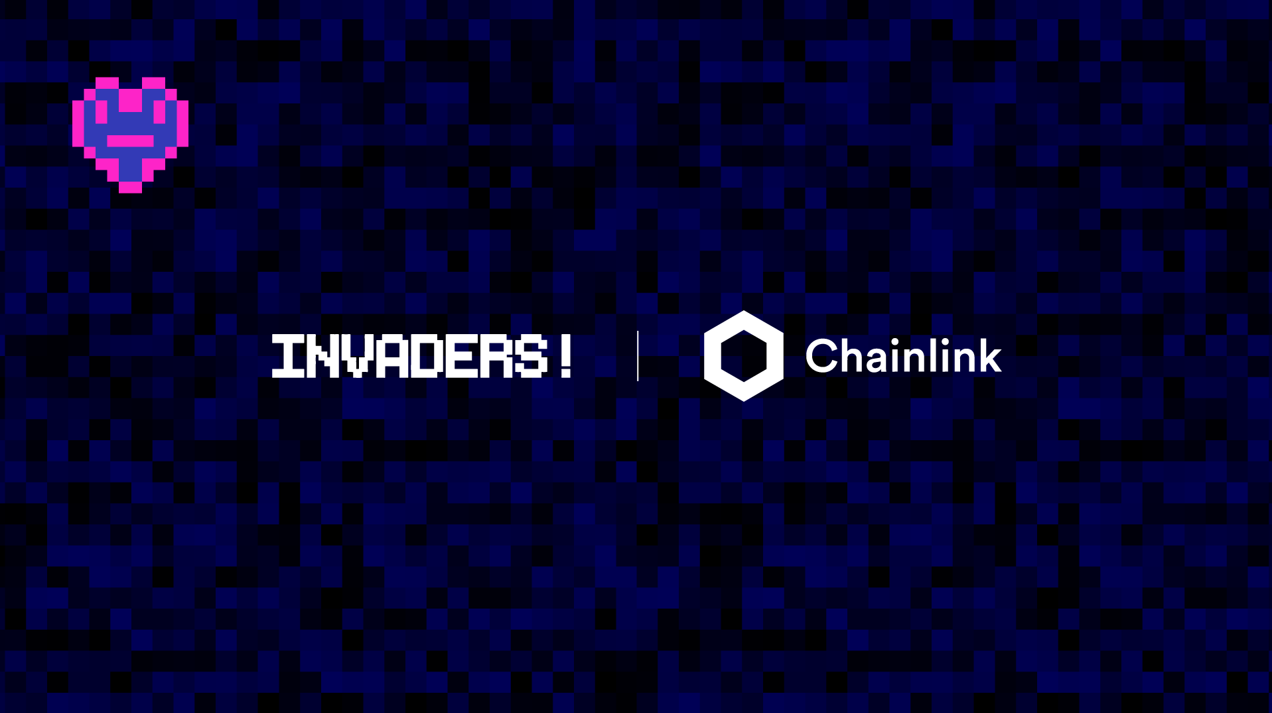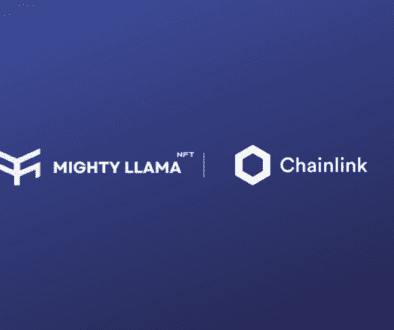Pixelglyphs Integrates Chainlink VRF To Generate Randomized Traits in Upcoming Play-to-Earn Game
We’re excited to announce that the team behind Pixelglyphs—a set of 10,000 unique, on-chain avatar NFTs created using a cellular automaton—has integrated Chainlink Verifiable Random Function (VRF) on the Polygon mainnet for the upcoming Invaders! play-to-earn game. By integrating the industry-leading decentralized oracle network, we now have access to a tamper-proof and auditable source of randomness needed to randomize the mining traits assigned to Star Ship and Planet NFTs in the upcoming Invaders! play-to-earn game on Polygon. Ultimately this creates a more exciting, transparent, and fraud-proof user experience as our players can have higher assurances that mining traits are randomly assigned to NFTs during the minting process without any bias.
Element 69 is the fuel of the Pixelverse economy. It’s an ERC-20 token that can be mined from Planets to power your ship. Additionally, Element 69 is currently available on SushiSwap. In order to start mining Element 69 from a Planet, you’ll need to own a Planet NFT and a Star Ship NFT. Planet NFTs can be obtained via Planet Mint Passes which are available now on the Invaders! website. Planets will be airdropped on Polygon once the game launches. Star Ships and Planets have mining traits with different multipliers for each mining type. In addition, we have introduced a bit of chance in the claiming process. When claiming mining rewards you are guaranteed a certain amount based on various factors. We use Chainlink VRF to determine bonus rewards up to a certain amount. If you’d like to learn more about the mining mechanics, read our Invaders! litepaper.
In order for the calculation of mining traits to be provably fair and transparent, we need access to a secure random number generator (RNG) that any user could independently audit. However, RNG solutions for smart contracts require several security considerations to prevent manipulation and ensure system integrity. For instance, RNG solutions derived from blockchain data like block hashes can be exploited by miners/validators, while off-chain RNG solutions derived from off-chain APIs are opaque and don’t provide users with definitive proof about the integrity of the process.
After reviewing various solutions, we selected Chainlink VRF because it’s based on cutting-edge academic research, supported by a time-tested oracle network, and secured through the generation and on-chain verification of cryptographic proofs that prove the integrity of each random number supplied to smart contracts.
Chainlink VRF works by combining block data that is still unknown when the request is made with the oracle node’s pre-committed private key to generate both a random number and a cryptographic proof. The Invaders! minting smart contract will only accept the random number input if it has a valid cryptographic proof, and the cryptographic proof can only be generated if the VRF process is tamper-proof. This provides our users with automated and verifiable assurances directly on-chain that NFT trait assignments involving randomness are provably fair and were not tampered with by the oracle, outside entities, or the Pixelglyphs team.
“Chainlink VRF was the obvious solution for randomizing NFT traits in our play-to-earn game, giving all players an equal chance at mining the most in-game resources,” said the Pixelglyphs team. “By integrating Chainlink VRF, the Pixelverse gained access to battle-tested oracle infrastructure that unlocks fair and transparent gameplay elements, helping us build an exciting gaming ecosystem for our players.”
About Chainlink
Chainlink is the industry standard for building, accessing, and selling oracle services needed to power hybrid smart contracts on any blockchain. Chainlink oracle networks provide smart contracts with a way to reliably connect to any external API and leverage secure off-chain computations for enabling feature-rich applications. Chainlink currently secures tens of billions of dollars across DeFi, insurance, gaming, and other major industries, and offers global enterprises and leading data providers a universal gateway to all blockchains.
Learn more about Chainlink by visiting chain.link or read the documentation at docs.chain.link. To discuss an integration, reach out to an expert.
About Pixelglyphs
Pixelglyphs was launched in July 2021 as an on-chain NFT avatar project. The team was tired of seeing the same kind of animal PFP NFT projects and wanted to do something technologically innovative and unique. Since then the team has launched various NFT projects including Star Ship NFTs with a playable 3D game, Audioglyphs, Synthopia, PXG ENS names, and more. The current team consists of Mustachio, a seasoned web3 engineer, and tr666 – a software engineer and web audio extraordinaire.



